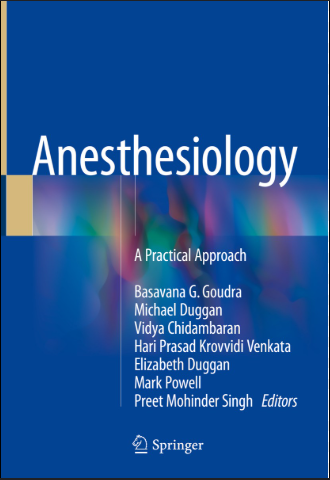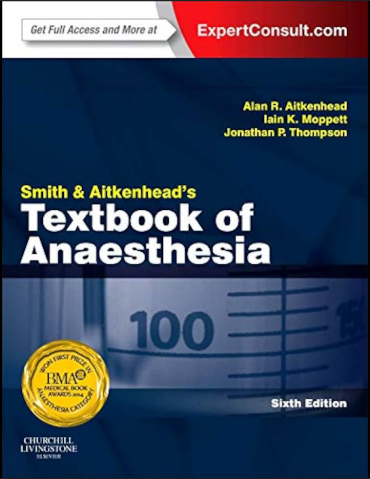Anesthesiology Textbooks: Key Learning Resources
Anesthesiology is a critical branch of medicine that focuses on the administration of anesthesia and the management of patients undergoing surgery. For medical students, residents, and professionals, understanding the depth and breadth of this field is crucial. The right textbooks can provide essential insights, guidance, and advanced knowledge to excel in this discipline. In this article, we’ll explore some key anesthesiology textbooks that are indispensable for anyone looking to master this specialty.
1. “Clinical Anesthesiology” by G. Edward Morgan, Maged S. M. Mikhail, and Michael J. Murray
This widely acclaimed textbook is a go-to resource for both beginners and experienced anesthesiologists. “Clinical Anesthesiology” provides a comprehensive overview of anesthesia practices, from basic principles to more complex procedures. The textbook’s clarity, real-world examples, and well-organized chapters make it an essential tool for students and practitioners alike. Topics like pharmacology, anesthesia machines, and patient monitoring are discussed in detail, ensuring a thorough understanding of the subject.

2. “Anesthesiology: A Comprehensive Review” by Brian A. Hall and Robert C. Chantigian
Ideal for preparing for certification exams, this book serves as a comprehensive review of anesthesiology. It covers a wide range of topics, including anesthetic agents, patient care, and perioperative management. The review questions and explanations in the book reinforce key concepts and provide a valuable resource for exam preparation. Additionally, it includes helpful illustrations and diagrams to assist with learning.
View more on Google
3. “Anesthesia and Co-Existing Disease” by Jeanine P. Wiener-Kronish and Richard M. P. C. in Anesthesiology
“Anesthesia and Co-Existing Disease” is a specialized textbook that addresses the complexities of patients with pre-existing conditions undergoing anesthesia. This resource provides a deep dive into how various diseases, including cardiovascular, respiratory, and neurological conditions, affect anesthesia management. Understanding these conditions is crucial for ensuring patient safety during surgery.
4. “Basics of Anesthesia” by Ronald D. Miller, Manuel C. Pardo, and Michael A. McLeskey
For medical students and anesthesiology residents, “Basics of Anesthesia” is a valuable introductory text. It covers fundamental topics in anesthesia, from pharmacology to patient assessment. This textbook is an excellent starting point for those new to the field, as it introduces key concepts in an easy-to-understand manner, yet still provides in-depth information on essential topics.
5. “Morgan and Mikhail’s Clinical Anesthesiology” by Maged S. M. Mikhail, Michael J. Murray, and G. Edward Morgan
Another highly regarded book by Maged S. M. Mikhail, “Morgan and Mikhail’s Clinical Anesthesiology” provides a rich resource for learning clinical anesthesiology. This textbook stands out for its thorough examination of clinical practice and patient management, including anesthesia techniques and complications. It also includes clinical vignettes that challenge readers to apply their knowledge to real-life scenarios.

6. “Anesthesiology: A Problem-Based Learning Approach” by Hani M. Abaza and Peter A. Glass
“Anesthesiology: A Problem-Based Learning Approach” takes a different approach by focusing on problem-solving strategies in anesthesiology. This textbook encourages readers to think critically by presenting clinical cases, which are discussed and analyzed in detail. The problem-based learning style enhances the ability to diagnose and manage complex anesthesia cases, making it an ideal textbook for both medical students and practitioners.
7. “Pediatric Anesthesia” by James L. M. Anderson and Michael J. O’Connor
Anesthesia for pediatric patients requires specific knowledge and expertise. “Pediatric Anesthesia” is a crucial resource for anesthesiologists who work with children. This textbook discusses age-specific concerns, including the physiological differences between adults and children and how those differences affect anesthetic management. It also provides guidance on how to approach pediatric patients with various medical conditions.
Conclusion
Anesthesiology is a dynamic and complex field that requires constant learning and adaptation. The textbooks mentioned above are invaluable resources that cover the breadth of anesthesiology, from foundational knowledge to advanced topics. Whether you’re a student just beginning your journey in anesthesiology or an experienced practitioner looking to expand your expertise, these books will provide the knowledge and insights necessary to succeed in this vital medical specialty.
To excel in anesthesiology, it’s essential to continue exploring the latest research, engage in hands-on experience, and keep up with new developments in anesthesia techniques. By utilizing these key learning resources, you’ll be well-equipped to provide the highest level of care to your patients.
Learn more about dental books

